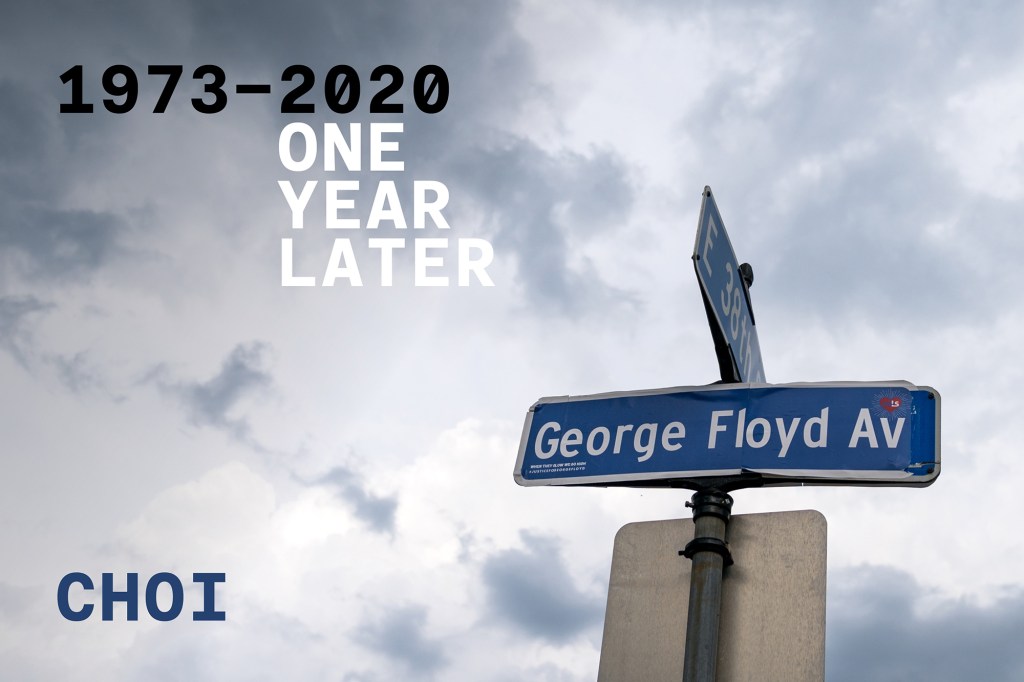Here, Carnegie Mellon University assistant professor Erica Cochran Hameen, Assoc. AIA, shares how this past year has strengthened her resolve to seek equitable outcomes for students and the profession at large through her research and leadership. Cochran Hameen is also the incoming director or diversity, equity, and inclusion at the institution’s School of Architecture and the co-director of the Center for Building Performance and Diagnostics, .

courtesy Erica Cochran Hameen / Carnegie Mellon University
Erica Cochran Hameen
I am the first and only African American to get a Ph.D. from our School of Architecture, and the first and only African American to be hired as a tenure-track faculty member in the school. I [advocate for diversifying design education] and helping people along the pathway, starting from K-12, so I don’t remain the first and the only.
Starting July 1, I will become the School of Architecture’s inaugural director for diversity, equity and inclusion. I had been doing the job [informally] for a while—I had already been the person that students would come talk to about whatever was going on. I’m also the faculty adviser for our National Organization of Minority Architects Students chapter, which, because of the diverse makeup of CMU, encompasses Black, Hispanic, Jewish, and low-income white people and the LGBTQ community.
The Power of Student Will
After the George Floyd and Breonna Taylor murders, our architectural students had a desire to do more, to speak up and talk about injustices at CMU, within the built environment, and within Pittsburgh—and injustice in general.
Our students and NOMAS chapter put together town halls on race and inclusion, where the students would share what was on their minds to faculty, staff, and other students. Topics included [assessing] our curriculum and whether we are teaching from a white, Eurocentric, and Western methodology or acknowledging other cultures in the world; and discussing what students wanted in terms of equity and design justice for our school, the city of Pittsburgh, America, and the world.
When you are the one Black kid in class and never get asked to be in a group—these things affect your performance.
Students interviewed our Black and Hispanic alumni from the past 10 years, gathering stories of different types of injustice, some small and some big. For example, they described a fellow white student or professor who [avoided getting] on an elevator with them by pretending to tie their shoe; or they were harassed by Pittsburgh or on-campus police; or they felt like they didn’t have any friends in class because they were the only Black or Hispanic person in the room.
When our students presented these findings at a town hall, many people were shocked. No one wants to think these things happen in their school. Microaggressions happen in schools across America, but we don’t talk about it. We just keep it moving.
When you are the one Black kid in class and never get asked to be in a group—these things affect your performance. When you look at a syllabus that only acknowledges superstar architects and wonder “Where are the Black people, the people of color?”, it affects people. You want to see someone who looks like you.
The students presented their findings with a list of demands—short-term, one-year, and long-term goals—for the School of Architecture. The demands included issues of pedagogy, like having more minority critics and faculty members and an inclusive syllabus; academic items, like having more faculty mentors, a retention program, and more performance reviews; equity items, like faculty training on microaggression awareness and unintentional bias; and then economic justice items, like more scholarships for minorities, more peer mentors, and more local outreach.
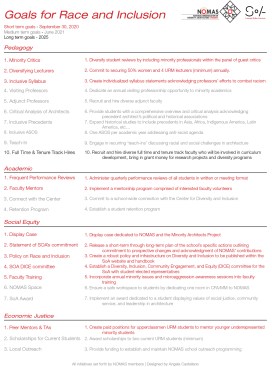
List of demands by CMU School of Architecture's NOMAS chapter
This effort was led by a handful of students, one graduate and the rest undergraduate. Their interviews, actions, and demands moved the faculty. And they inspired me to speak up more for the students, to push my fellow faculty members and colleagues and say, “Look, this is the call to action. How are we going to resolve these important issues?” I saw myself as a mentor and a role model, and that weight and responsibility were important. At the NOMAS convention last year, we did a presentation called “How to Start a Revolution in Your School of Architecture.” Because that’s what we did.
For the past year, the faculty and staff have been trying to work toward these goals. Some we achieved, some are in progress, and some we didn’t meet the bar at all. This past year, our school did have the most diverse speaker series that I can remember. But we still have things to do. The students want more critics of color. I had always made a point of inviting critics from different cultures, countries of origin, and sexual orientations. Students would tell me, “I’ve never been in a review that had this much diversity”—and I teach third-year, second-semester studio, so this is their sixth studio. You should not have to complete six semesters before you get diverse critics.
But I’m hopeful because we can see how it can be, to have critical thought and research in architecture, to talk about race, redlining, and other design injustices that happen in the built environment. More of my colleagues are open to talking about that in class. If we don’t talk about it, nothing is going to change.
You should not have to complete six semesters before you get diverse critics.
UDream for Everyone
As the incoming director of DEI, I hope to have more programs. We are talking with regional and national leaders on how to bring back the UDream program as a model not just for Pittsburgh, but for Pennsylvania and the country. [Editor’s note: UDream was a job training and placement program for recent graduates of color organized by CMU School of Architecture’s Remaking Cities Initiative that ran from 2009 to 2018.]
In the nine years that UDream ran, Pittsburgh saw more than a 400% increase in the number of Black architects and designers. The first Black woman to be licensed in Pittsburgh came from that program—that was in 2017. The program was also responsible for 85% of our Black and Hispanic graduate students within the School of Architecture.
People often ask, “Where are the Black and Hispanic architects?” They do exist, but we need a program and pathway to mentor them and help with job placement, which is what UDream did. We’re working with NOMA, AIA, and Marc Mondor, AIA, the outgoing president for AIA Pennsylvania, on utilizing UDream as a model for increasing diversity in design across America. AIA Pennsylvania is putting forth as a resolution at this year’s AIA Conference on Architecture that UDream becomes a national model to help with diversity.
You can’t just say, “Oh, I didn’t have any college applicants [of color].” Well, did you mentor anyone from K through 12 so that they can apply to college with a portfolio?
Our school now has a K-12 outreach coordinator, and we are looking into partnering with historically Black colleges and universities and other universities across America that share the goals of achieving more diversity and increasing the number of Black and Hispanic architects. I’m also talking with corporations about funding scholarships for more minority students so they can stay in school and about developing mentorship programs.
On Sustainability and Equity
My research has focused on the three prongs of sustainable design: equity and design justice; energy efficiency, tools, and policies; and indoor environmental quality. Those who suffer the most from climate change or natural disasters are low-income people and Black and brown people. In particular, I research how the condition of school buildings is tied statistically to student health, performance, and test scores. [Underserved] communities have a higher proportion of buildings that are not of good quality.
Sustainable design is really about equity—for example, Pittsburgh has the second highest rate of energy poverty for Black people in America. That leads to other issues, like health problems. So I believe I need to stand up and speak up and do everything I can—but I also have to do the research. I’m an academic.
Architects have the power to influence policy. The decisions we make affect people, who spend 90% of their lives inside our buildings. If everyone had access to true sustainability, you would have a lot more equity in the world.
If everyone had access to true sustainability, you would have a lot more equity in the world.
A Rising Tide
I want us to talk about race and equity more. We should talk about them with our clients, especially government agencies, and within our professional organizations. I want us to document what’s happening. We talk about the history of redlining and the history of various racial practices that occurred decades ago. But I want to talk about how we’re still living with the repercussions of those decisions.
We then need to talk about how we’re going to solve and resolve it. Though I do focus on achieving equity for Blacks and Hispanics students, [these efforts] help everyone. Who wouldn’t want more feedback from their professors or to know that their faculty is trained about different types of microaggressions and biases?
Even if you have been in the field for 20, 30, 40 years, you should take courses on how to promote equity and inclusivity, just like how we have to take continuing education courses to learn about technology. Let’s not think we know everything because we don’t. We can always learn.
As told to Wanda Lau. The views and conclusions from this author are not necessarily those of ARCHITECT magazine or of The American Institute of Architects.
-
Kwesi Daniels: Let’s Be Honest About How This Country Operates
The head of Tuskegee University's architecture department shares how this past year has opened the door for deeper conversations—and more opportunities for his students.

-
Kimberly Dowdell: Pursue Societal Change Through Design
The Chicago-based HOK marketing principal reflects on the profession at large, as well as her initiatives, one year after George Floyd's murder.
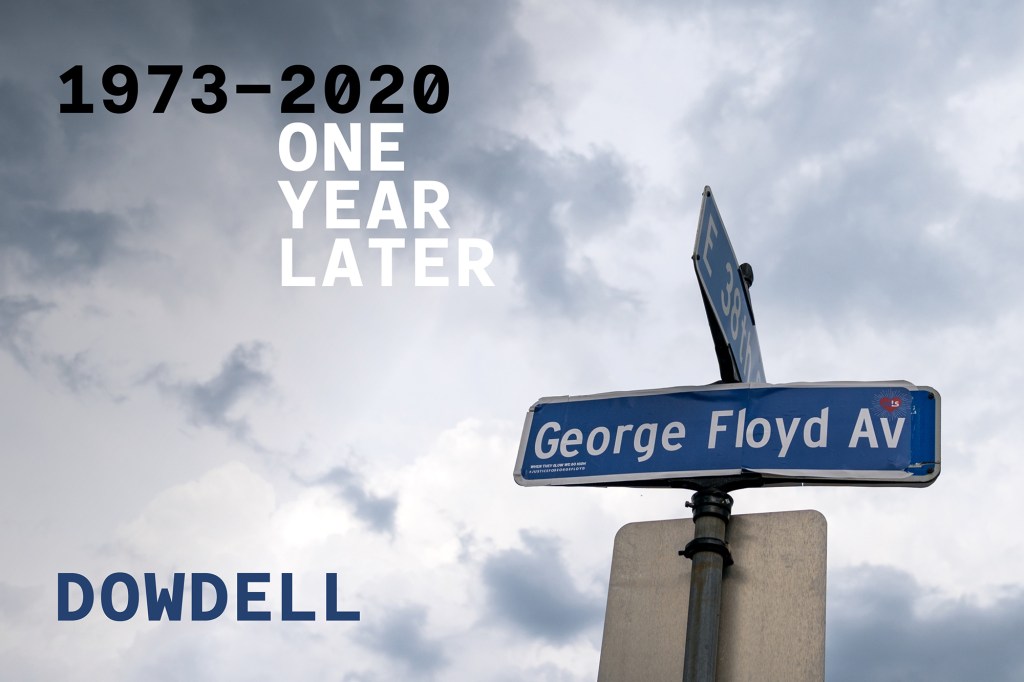
-
Joyce Hwang: Enough with Incremental Change
The University at Buffalo SUNY associate professor and associate chair of architecture and Ants of the Prairie founder wants to do much more to improve inclusion and diversity in design.
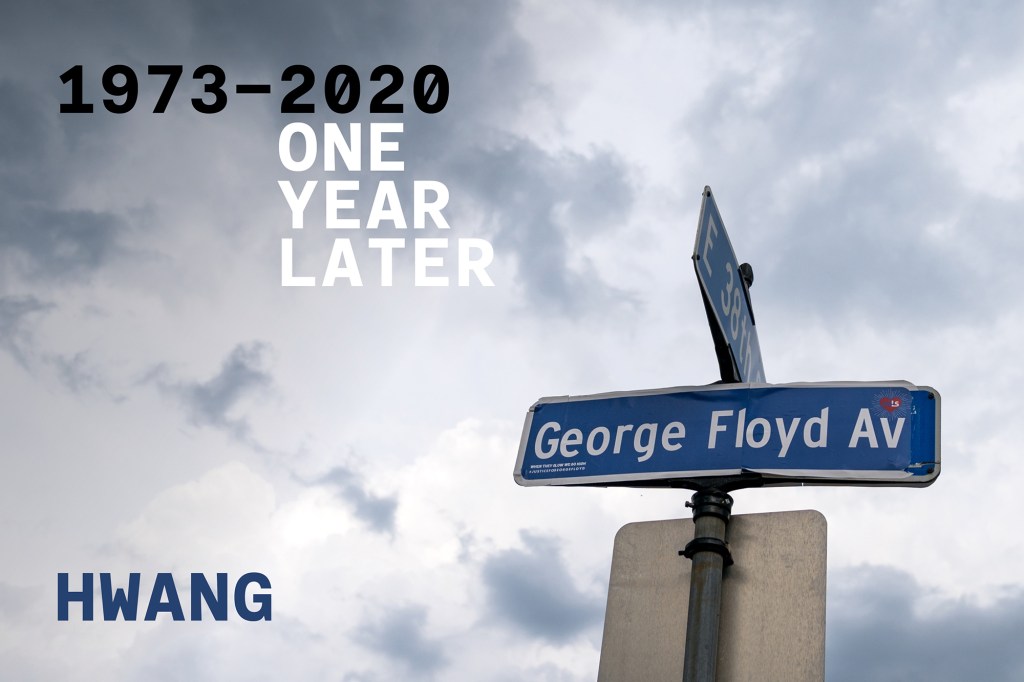
-
Cruz Garcia: Everyone Wants to Be a Savior—Without Giving Up Power
Despite the emotional toll, the WAI Architecture Think Tank co-founder, educator, author, and artist speaks openly about oppression and marginalization because he knows few others can safely do so.
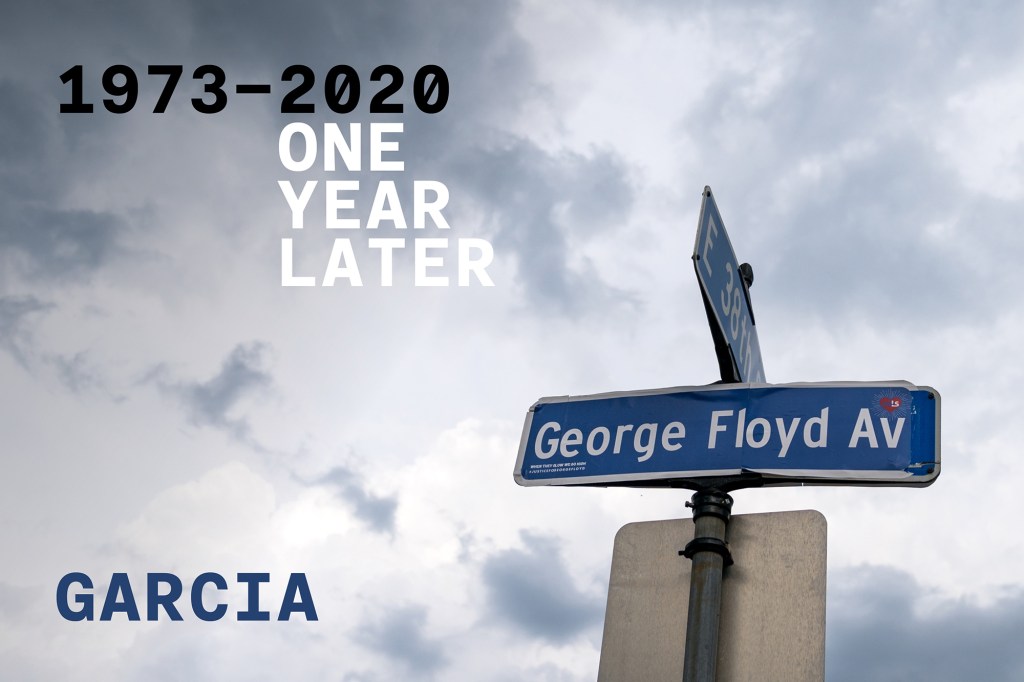
-
Ming Thompson: Our Differences Can Make Us Better
Long active in increasing representation in architecture, the New Haven, Conn.–based co-founder of Atelier Cho Thompson is revisiting her own identity due to the recent increase in anti-Asian violence.
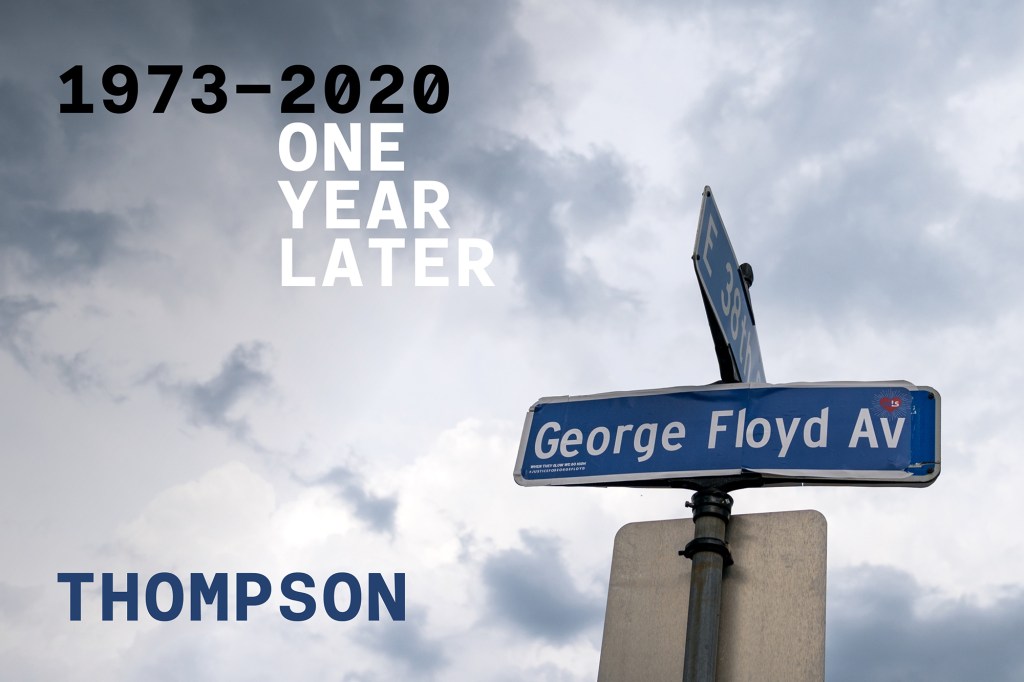
-
Patricia Acevedo Fuentes: I Want People to Know My Name
In order to feel more at home in South Dakota, the 2021 Bush Fellow and JLG Architects market leader got involved in her community—and was pleasantly surprised to find a seat at the table.
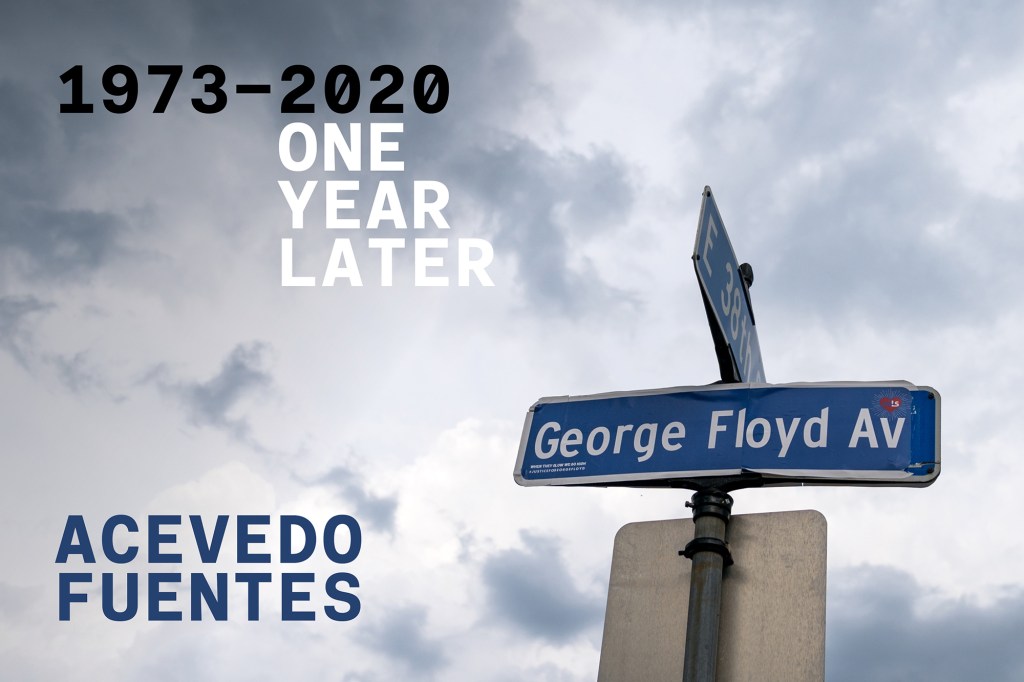
-
Rosa Sheng: We Can’t Turn Back Now
The founder of AIA San Francisco's Equity by Design committee and SmithGroup principal translates her advocacy of social, racial, and environmental justice into the business of architecture.

-
Erica Cochran Hameen: A Half Dozen Students Can Lead a Revolution
The assistant professor and Carnegie Mellon University School of Architecture's inaugural director of diversity, equity, and inclusion is emboldened by her students and research to achieve equitable outcomes for everyone.

-
Jonathan Moody: Be Wary of Normal
The CEO of national firm Moody Nolan does not want to lose the momentum—or the discomfort—of the past year as they relate to racial justice.
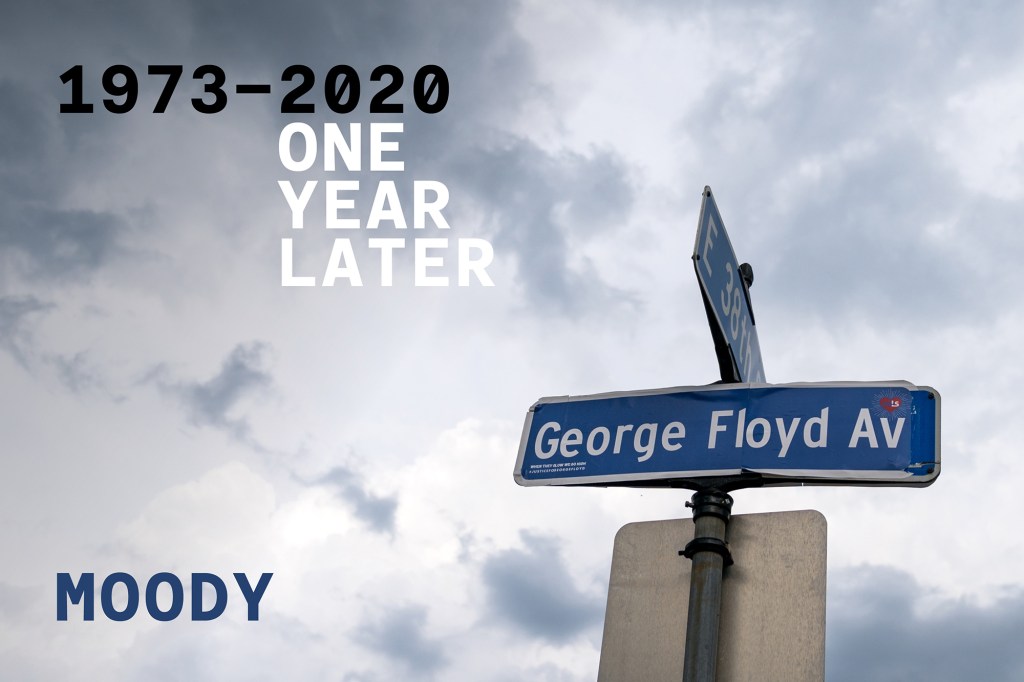
-
Esther Choi: Courage Is a Muscle
The multidisciplinary artist behind Office Hours is actively fostering relationships and engagement among diverse communities while continuing to learn how to decenter whiteness and heteropatriarchal biases in her speech, thoughts, and actions.
